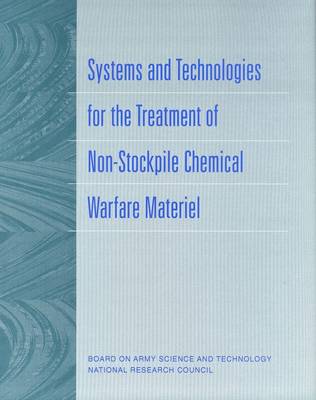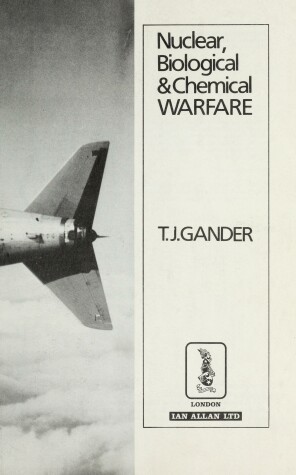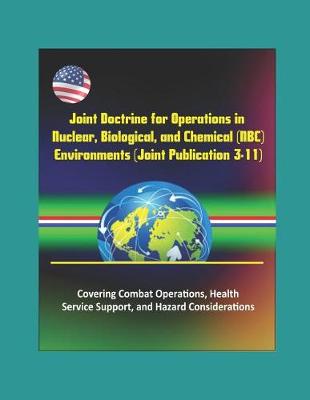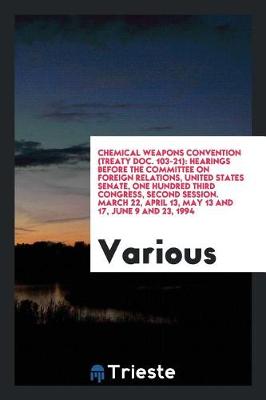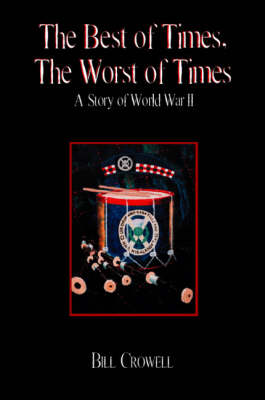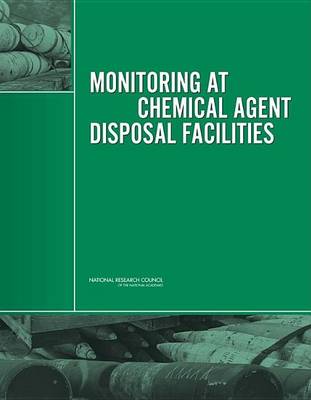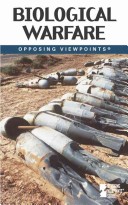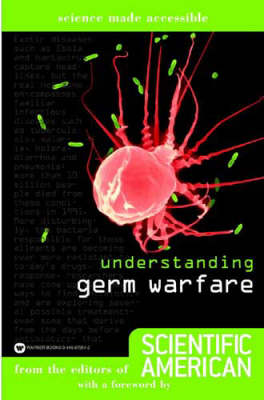Water and Solute Permeability of Plant Cuticles
by Jrg Schnherr Lukas Schreiber
Systems and Technologies for the Treatment of Non-Stockpile Chemical Warfare Materiel
The main approach adopted by the U.S. Army for destruction of all declared chemical weapon materiel (CWM) is incineration. There has been considerable public opposition to this approach, however, and the Army is developing a mix of fixed site and mobile treatment technologies to dispose of non-stockpile CWM. To assist in this effort, the Army requested NRC to review and evaluate these technologies, and to assess its plans for obtaining regulatory approval for and to involve the public in decisio...
Biological warfare is a menacing twenty-first-century issue, but its origins extend to antiquity. While the recorded use of toxins in warfare in some ancient populations is rarely disputed (the use of arsenical smoke in China, which dates to at least 1000 BC, for example) the use of "poison arrows" and other deadly substances by Native American groups has been fraught with contradiction. At last revealing clear documentation to support these theories, anthropologist David Jones transforms the re...
Chemical Weapons Convention (Treaty Doc. 103-21)
by Committee on Foreign Relations
Armed Conflict and the Environment
An essential resource for students, practitioners, and policymakers, this book reveals the different roles that the environment has played in armed conflicts across geographic regions and time periods. From local protests to declared wars from World War II through the post-Cold War era, this single-volume encyclopedia introduces readers to conflicts at various scales. Through case studies, it uniquely considers the ways in which the environment has influenced them, adopting the perspective that...
Monitoring at Chemical Agent Disposal Facilities
by National Research Committee on Monitoring at Chemical Agent Disposal Facilities
Biological Threats In The 21st Century: The Politics, People, Science And Historical Roots
Biological Threats in the 21st Century offers a fresh understanding of contemporary biological threats to national security. Readers are introduced to the politics, people, science and historical roots of contemporary biological threats through up-to-date, rigorous and accessible chapters written by leading academics and supplemented by expert point-of-view contributions and interviews.The book provides inspiration and resources for students and researchers, as well as policy makers in governmen...
Weapons of Mass Destruction (Examining Issues through Political Cartoons S.)
Biological Warfare (Opposing Viewpoints (Library))
by Judith Janda Presnall
In 1969, US Surgeon General William H. Stewart said that it was "time to close the book on infectious disease". But the enemy, and the power of natural selection, had been underestimated. The sober reality is that pathogens can adapt to every chemical that researchers develop. With the surge in global travel, these diseases can be spread as quickly as they are identified. But the same science that is fighting these diseases also has a hand in creating and adapting other pathogens. The use of dea...
Protecting the Frontline in Biodefense Research: The Special Immunizations Program


